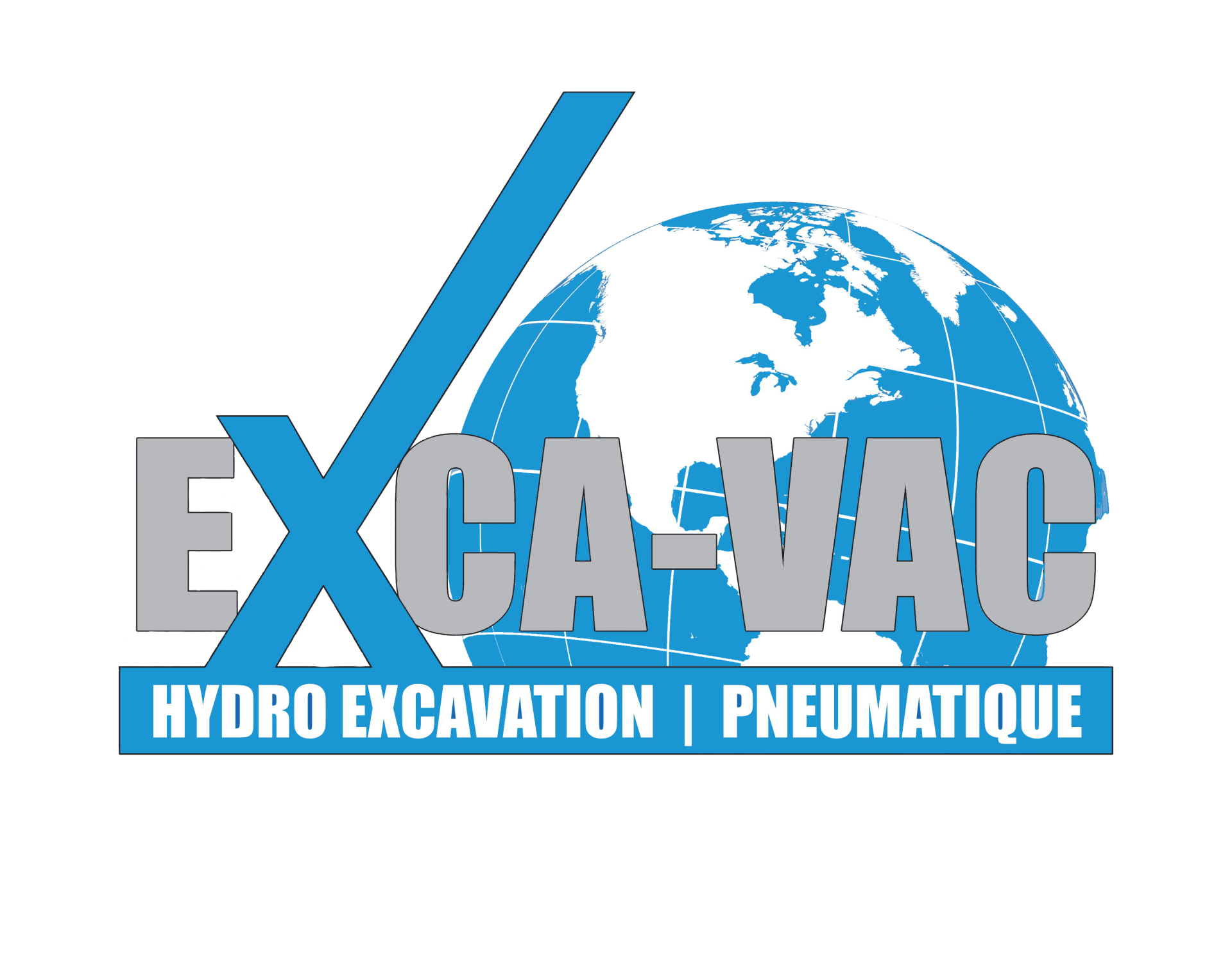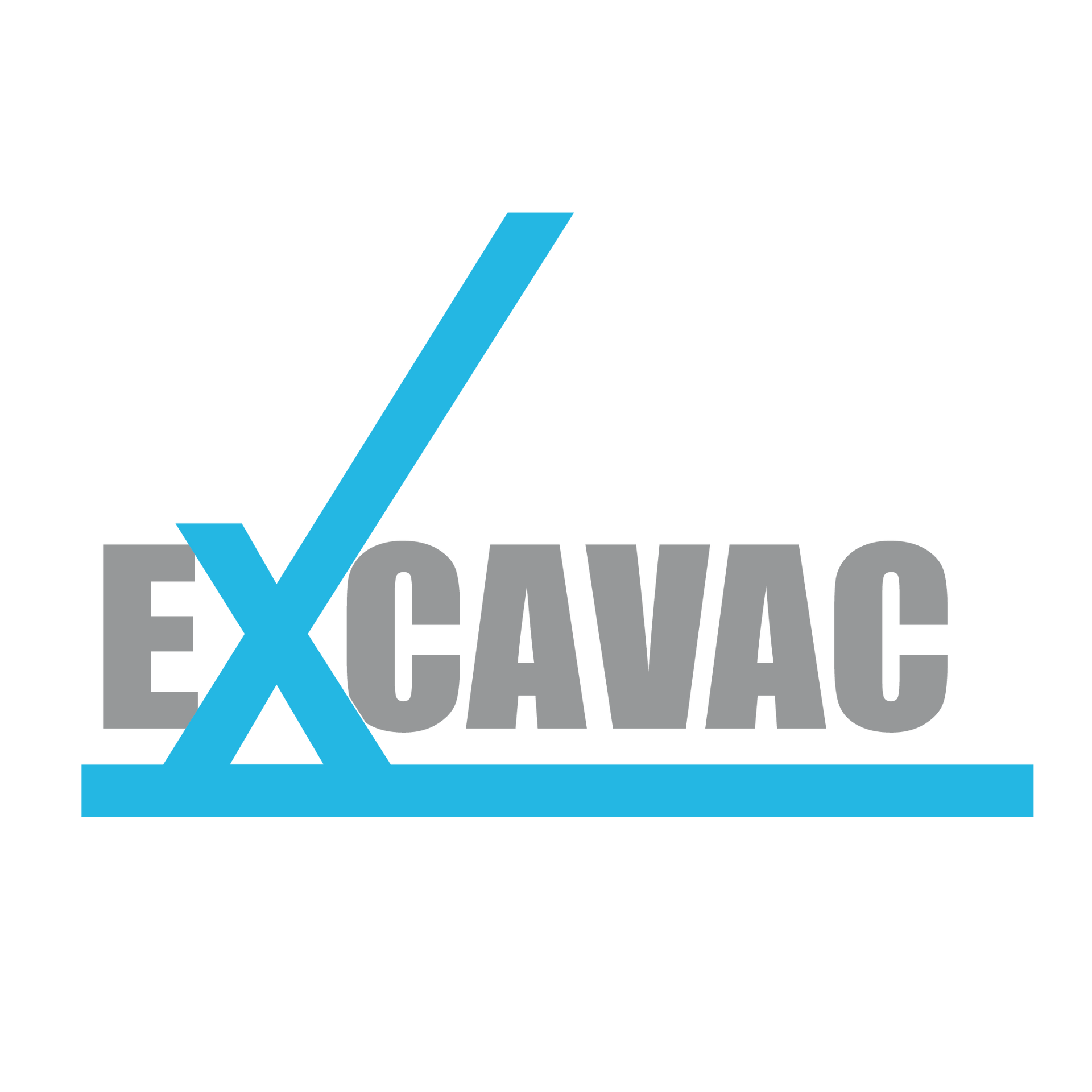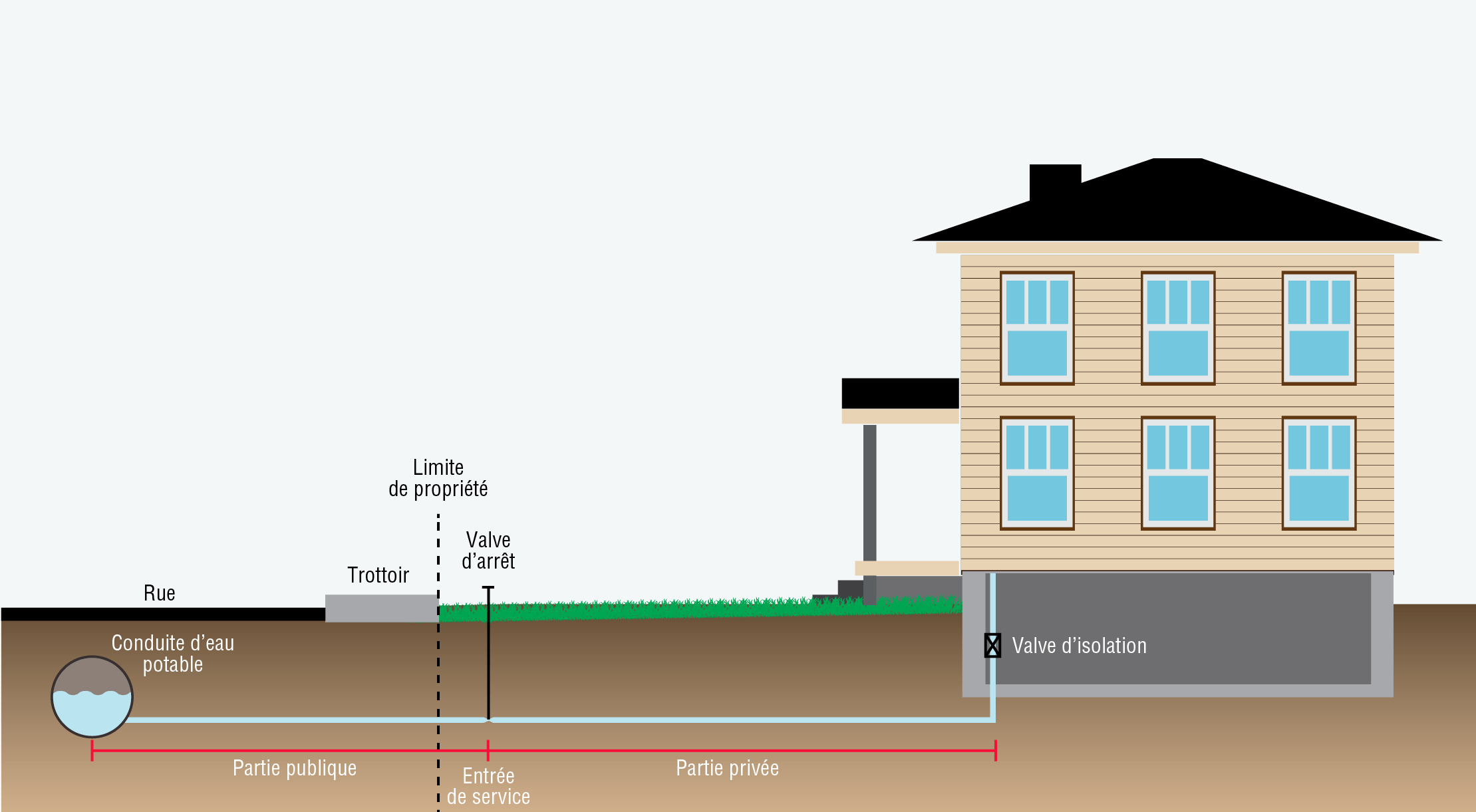EXCA-VAC
Lead Service Lines
Exca-Vac Construction Offers a Safe and Efficient Lead Inlet Replacement Service
Lead and Drinking Water
Lead concentrations in drinking water distributed in Quebec are generally very low. Lead in drinking water comes mainly from the dissolution of lead in pipes, especially in the connection pipes (service lines) between some houses and the municipal distribution network.
Lead service lines were installed in single family homes and buildings with less than 8 units, particularly between 1940 and 1955 and even into the 1970s. Since 1980, this practice has been prohibited by the National Plumbing Code. Solder in the internal plumbing of buildings can also be a source of lead in water. However, in 1989, the National Plumbing Code banned the use of solder containing more than 0.2% lead. Therefore, newer buildings are very unlikely to have service lines or internal plumbing containing lead.
How to Recognize a Lead Service Entrance (French only)
Do You Have a Lead Service Entrance?
You can check to see if any portion of your service entrance between your home and the municipal distribution system is lead by examining your water entrance. Grey soft metal pipes that are easy to dent or cut with a knife are probably lead.
The service entrance consists of two sections; one that belongs to the municipal distribution system and one that belongs to the homeowner. Both sections may be lead, but it is possible that only the section belonging to the municipal distribution system is lead. In this case, your municipality may be able to provide you with information on the presence of this type of service entrance on its network. If both sections of the service entrance are lead, they should be replaced simultaneously to ensure that the problem is permanently resolved.
How to Recognize a Lead Service Entrance (French only)
Do You Have a Lead Service Entrance?
You can check to see if any portion of your service entrance between your home and the municipal distribution system is lead by examining your water entrance. Grey soft metal pipes that are easy to dent or cut with a knife are probably lead.
The service entrance consists of two sections; one that belongs to the municipal distribution system and one that belongs to the homeowner. Both sections may be lead, but it is possible that only the section belonging to the municipal distribution system is lead. In this case, your municipality may be able to provide you with information on the presence of this type of service entrance on its network. If both sections of the service entrance are lead, they should be replaced simultaneously to ensure that the problem is permanently resolved.
Connection between the House and the Municipal Water System
The lead connection present between some residences and the municipal water system, which is referred to as a lead service entrance (LSE), consists of:
A public section (under the responsibility of the municipality);
A private section
(under the responsibility of the homeowner).
Health Risks
As of fall 2019, cities are subject to new government requirements in this area. They must have an action plan to identify properties with lead pipes and set a timeline to replace them.
Lead is considered harmful to health, even in small amounts, according to the World Health Organization. Depending on the level of exposure, lead can cause a variety of effects on:
- The nervous system;
- The cardiovascular system;
- Kidneys;
- Gastrointestinal system;
and may have minor effects on the intellectual development of infants and children under the age of 6.
Last year, Health Canada lowered the maximum acceptable concentration of lead in water from 10 micrograms per litre to 5 micrograms per litre, making thousands of properties non-compliant.
Sources : Health Canada, Government of Quebec, City of Montreal
Health Risks
As of fall 2019, cities are subject to new government requirements in this area. They must have an action plan to identify properties with lead pipes and set a timeline to replace them.
Lead is considered harmful to health, even in small amounts, according to the World Health Organization. Depending on the level of exposure, lead can cause a variety of effects on:
- The nervous system;
- The cardiovascular system;
- Kidneys;
- Gastrointestinal system;
and may have minor effects on the intellectual development of infants and children under the age of 6.
Last year, Health Canada lowered the maximum acceptable concentration of lead in water from 10 micrograms per litre to 5 micrograms per litre, making thousands of properties non-compliant.
Sources :
Health Canada,
, City of Montreal
Address
6060, avenue Raoul-Lassonde,
Saint-Hyacinthe, Québec
J2R 1E4
Contact
Phone: (450) 253-5279
Email: info@excavac.net
Address
6060, avenue Raoul-Lassonde
Saint-Hyacinthe, Québec J2R 1E4
Contact
Phone: 450 253-5279
Email: info@excavac.net




